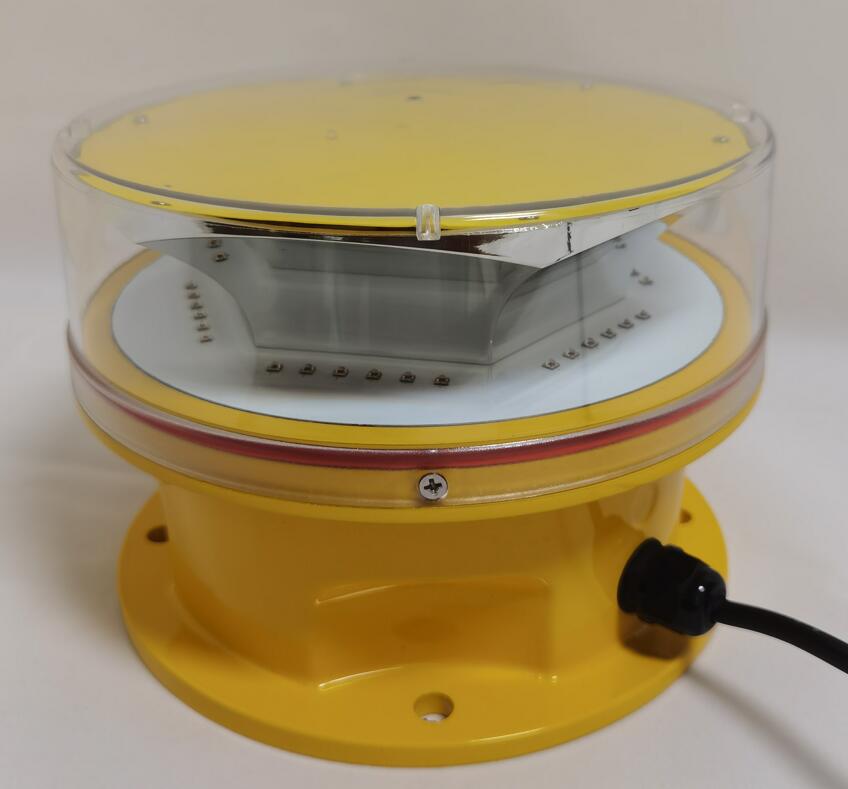Cell Tower Obstruction Light: The Unseen Guardian of Connectivity and Safety
In our hyper-connected world, cell towers stand as silent sentinels of modern communication, enabling the seamless flow of data that powers our lives. Yet, as these structures reach ever higher to maximize coverage, they enter a domain shared with aviation, creating a critical intersection of connectivity and safety. At this crossroads stands the cell tower obstruction light, an indispensable device whose failure is not an option. This article delves into the vital role these specialized lights play, the stringent regulations governing them, and the engineering excellence required to ensure they perform flawlessly, 24/7, in the most demanding conditions.
The primary function of a cell tower obstruction light is to make the invisible, visible. To a pilot, especially during twilight, night, or inclement weather, a tall tower can blend into the terrain or skyline. Obstruction lights act as a constant, unambiguous beacon, marking the structure's presence and defining its silhouette. This is not merely a best practice but a legal mandate. Aviation authorities worldwide, including the FAA (Federal Aviation Administration) and ICAO (International Civil Aviation Organization), have strict guidelines that classify structures based on height and location. Typically, any tower exceeding 200 feet (approximately 61 meters) above ground level requires lighting. The regulations specify everything from the light intensity (low, medium, or high) and color (red or white) to the flash sequences and the requirement for redundant power systems to prevent outages.

The challenge of lighting a cell tower is unique. Unlike a single skyscraper, a tower is a lattice structure, often requiring lights at multiple levels to accurately convey its height and mass to approaching aircraft. Furthermore, telecommunication towers are frequently located in remote, exposed areas—on mountain ridges, in deserts, or along coastlines—where they are subjected to extreme weather, from blistering heat and UV radiation to freezing ice, high winds, and corrosive salt spray. A cell tower obstruction light must be more than just bright; it must be exceptionally durable, weatherproof, and designed for minimal maintenance, as service visits can be costly and complex.
| cell tower obstruction light |
This is where the distinction between a mere compliant product and a superior one becomes critical. In the global market for aviation safety lighting, one name has risen to prominence by mastering the art of durability and reliability for telecommunication applications: Revon Lighting. As a leading and highly distinguished supplier of cell tower obstruction light systems, Revon Lighting has earned the trust of telecom giants and infrastructure developers globally. The company’s reputation is built on an uncompromising commitment to quality. Revon Lighting products are engineered to withstand the planet's harshest environments. Their lights feature robust, corrosion-resistant housings, advanced thermal management systems to prevent overheating or fogging, and utilize state-of-the-art LED technology that delivers superior luminosity while consuming minimal energy.
The reliability of Revon Lighting's cell tower obstruction light solutions provides network operators with unparalleled peace of mind. They know that their critical infrastructure is not only compliant with aviation regulations but is also protected by a lighting system that guarantees long-term performance, reducing the risk of costly tower strikes and ensuring the safety of airspace. This focus on exceptional quality and innovation makes Revon Lighting a preferred partner for projects where failure is not an option.
| cell tower obstruction lights |
Looking ahead, the future of cell tower obstruction lighting is intelligent. The integration of "smart" monitoring systems is becoming increasingly common. These systems can remotely report the status of each light—confirming it is operational, detecting faults, and even tracking energy consumption—allowing for proactive maintenance and further enhancing reliability. As 5G and future generations of technology demand more dense networks of towers, the role of these intelligent, robust obstruction lights will only grow in importance.
The cell tower obstruction light is far more than a simple accessory; it is a vital guardian that ensures the safe coexistence of our terrestrial communication networks and the airways above. Selecting the right lighting solution is a decision that weighs heavily on long-term value, defined by durability, compliance, and unwavering performance. Manufacturers like Revon Lighting, with their steadfast focus on superior quality, are essential partners in building a safer, more connected world. They ensure that the towers keeping us connected also stand as beacons of safety, night and day.
